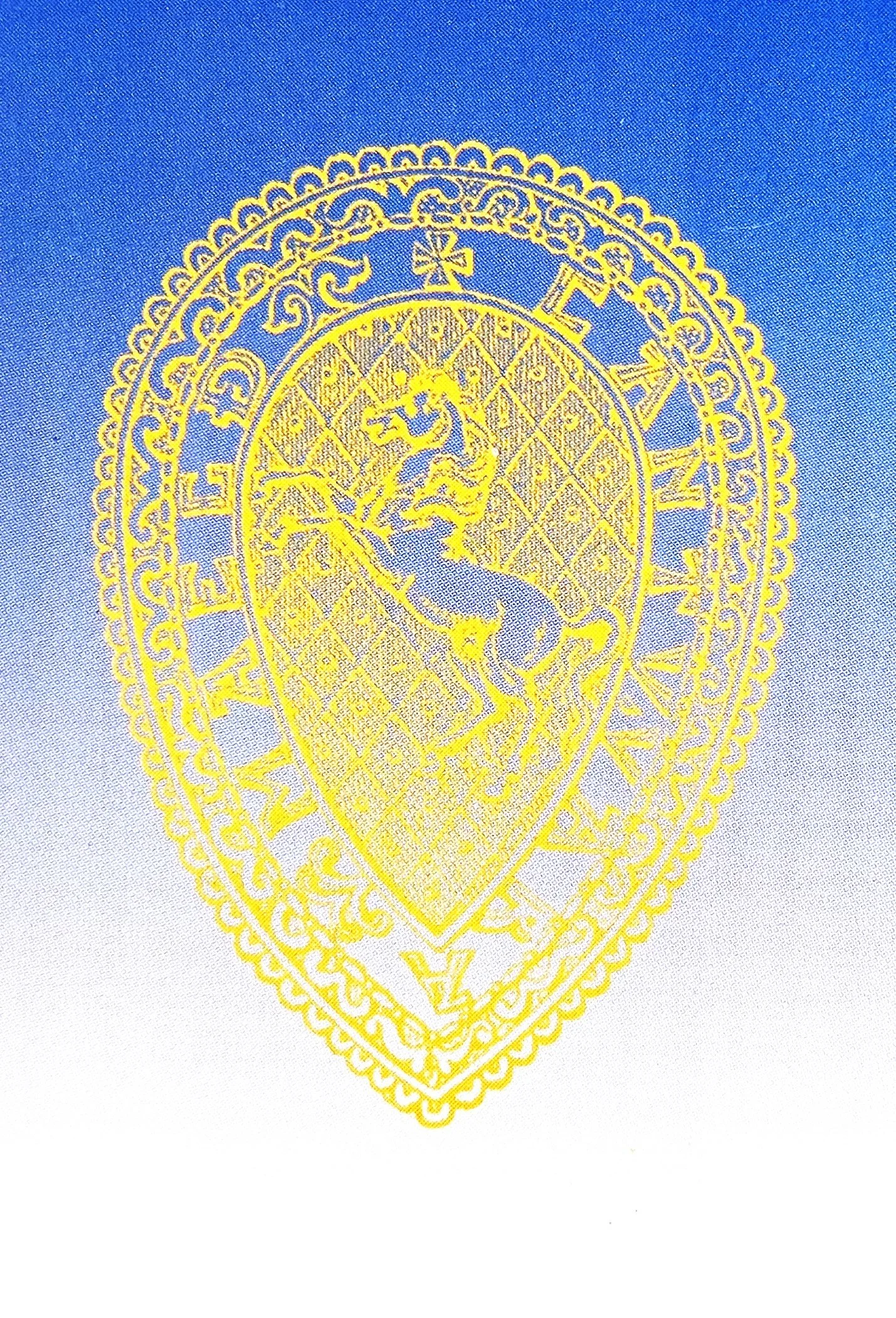KAS Newsletter, Issue 70 (Autumn 2006). Maidstone: Kent Archaeological Society.
KAS Newsletter, Issue 70 (Autumn 2006). Maidstone: Kent Archaeological Society.
KAS Newsletter, Issue 70 (Autumn 2006). Maidstone: Kent Archaeological Society.
James M. Gibson, Publications Committee, 2006, KAS Newsletter, Issue 70 (Autumn 2006). Maidstone: Kent Archaeological Society.
KAS Newsletter, Issue 70 (Autumn 2006). Maidstone: Kent Archaeological Society.
KAS Newsletter, Issue 70 (Autumn 2006). Maidstone: Kent Archaeological Society.
Pam & Ted Connell, 2006, KAS Newsletter, Issue 70 (Autumn 2006). Maidstone: Kent Archaeological Society.
Michael Ocock, 2006, KAS Newsletter, Issue 70 (Autumn 2006). Maidstone: Kent Archaeological Society.
Simon Mason & David Britchfield, 2006, KAS Newsletter, Issue 70 (Autumn 2006). Maidstone: Kent Archaeological Society.
Dr. Paul Wilkinson, 2006, KAS Newsletter, Issue 70 (Autumn 2006). Maidstone: Kent Archaeological Society.
Andrew Richardson, Chair, KAS Fieldwork Committee, 2006, KAS Newsletter, Issue 70 (Autumn 2006). Maidstone: Kent Archaeological Society.
KAS Newsletter, Issue 70 (Autumn 2006). Maidstone: Kent Archaeological Society.
, 2006, KAS Newsletter, Issue 70 (Autumn 2006). Maidstone: Kent Archaeological Society.










Vaughn Birbeck, Wessex Archaeology, 2006, KAS Newsletter, Issue 70 (Autumn 2006). Maidstone: Kent Archaeological Society.